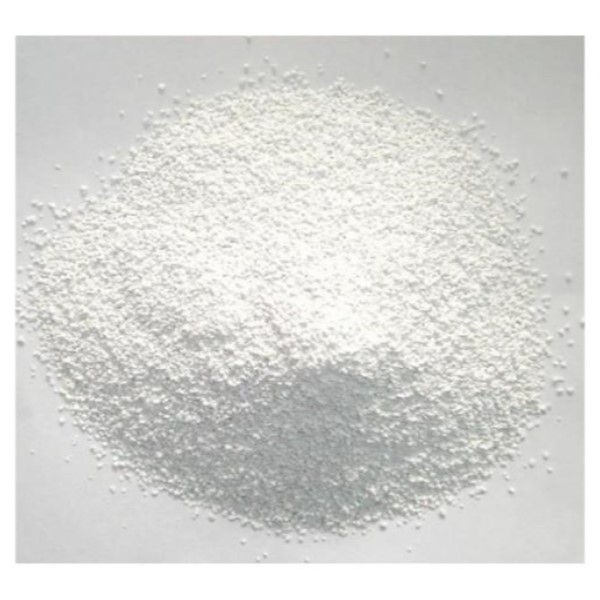Phytase is a general term for a class of enzymes that hydrolyze phytic acid and its salts to produce inositol and phosphate. As a new type of feed additive, phytase has great application potential in the fields of animal nutrition and environmental protection. The research progress in phytase classification, source, production technology, strategy to improve yield, separation and purification, and application was reviewed, and the development prospect was prospected.
Phosphorus in plant tissues is mainly in the form of phytate sodium, which is difficult to be absorbed by monogastric animals. Moreover, phytic acid molecules can chelate metal ions, which acts as an anti-nutritional factor and inhibits the absorption of nutrients. Phosphorus is not fully utilized, and it is excreted into the water body through animal excretion, which eventually leads to eutrophication of the water body. The fundamental way to solve this cycle of phosphorus is to solve the problem of phosphorus utilization. Therefore, adding microbial phytase to animal feed is gradually being promoted and applied.
In 1996, the FDA confirmed that phytase is safe in food applications and can be used in animal feed. Phytase has become the third largest feed enzyme. But the main problems currently facing are high production cost and low phytase yield. In recent years, there have been many reports on phytase, mainly focusing on isolation, identification, screening of high-yielding bacteria, fermentation processes, and the application of phytase in animal husbandry production.
Post time: Feb-28-2020
